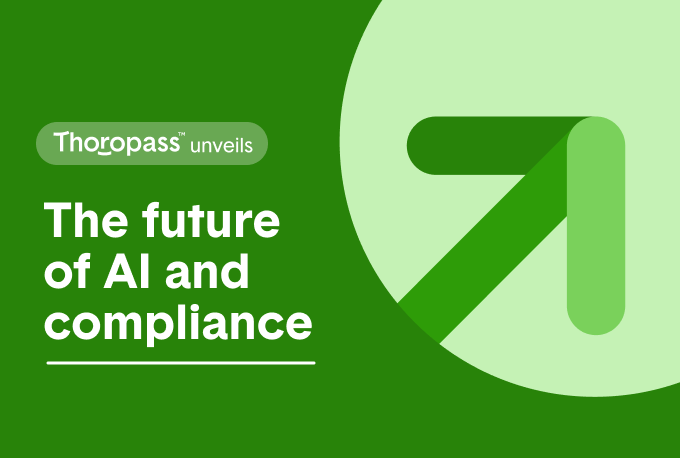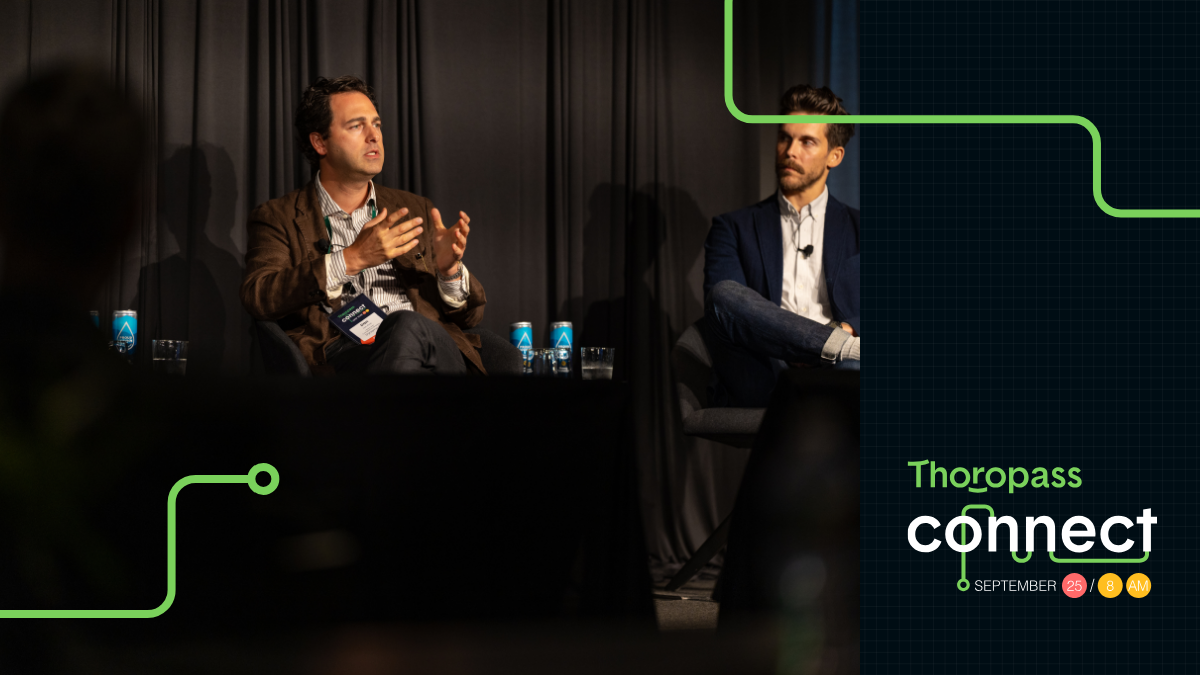The two buzziest phrases In the generative AI (GenAI) era may be “guardrails” and “human-in-the-loop.” But what exactly do they mean, what is their intent, and how might these concepts overlap for an effective GenAI control?
What are guardrails?
Simply put, guardrails lack a single definition, as the term is used broadly to apply to any safeguard — whether a mechanism or framework that spans across people, process, and technology — that is put in place to ensure GenAI operates within acceptable boundaries, including legal, technical, and ethical boundaries.
But this vague definition has not stopped politicians, technology CEOs, and others from using the term in more definitive ways like those in the following headlines:
- “Australia to propose mandatory guardrails for AI development“
- “Companies need guardrails, especially if using AI“
- “Gaving Newsom blocks AI guardrails“
- “Widespread Crowdstike outages highlight the imperative for AI guardrails”
The importance of human-in-the-loop
While the concept of a guardrail can take many forms, the ‘human-in-the-loop’ concept is one of the most talked about guardrails, gaining considerable prominence in recent weeks.
While the concept has been around for a long time since the early days of model development, in this context, human-in-the-loop is focused on ensuring a human is both active in the design, training, and operation of the GenAI model or process, with ultimate oversight and control of that model. And just look at what the media is buzzing about:
- “A human in the loop is critical.” – McKinsey leaders on generative AI at US media day
- “Walmart continues to adopt gen AI, while still keeping humans in the loop”
- “EU AI Act shines light on human oversight needs”
A guardrail that includes the human-in-the-loop is a critical control component for mitigating the risks of GenAI. It is also a critical tool for empowering operators of GenAI — whether they’re in operations, legal, risk, or compliance—who influence how a GenAI model should be guardrailed.
The most effective guardrails with a human-in-the-loop component are often those that allow the human, or operator, to interact with the creation of a model during its training process. This requires a clear and effective workflow that guides the human operators through a series of steps with the model as it develops, to understand its evolution, nuances, boundaries, and edge cases, ultimately building confidence in the model’s performance.
One example of this workflow is the training of a lightweight model to prevent an input or output of a larger model. To really embed and empower the operator — or human-in-the-loop — workflow steps may involve:
- Allowing humans to write and define a rule in natural language that they understand and are comfortable with
- Allowing humans to identify data points (or examples) that are in, and not in, compliance with its definition
- Exposing the model to real-world (human- and GenAI-created) edge cases that test the boundaries of the rule, prompting further evaluation as to whether these examples are compliant or non-compliant
- Providing ongoing monitoring of the rule in action through the lightweight model, allowing for continual tuning and feedback, as well as the ability to stop the lightweight model during production
Through this example workflow, a non-technical but critical human operator in an organization understands and is empowered to oversee the model, as well as also represent and defend the model to other non-technical stakeholders. This may include customers, regulators, audit teams, or others who are invested in how this model performs and complies with law and regulation.
Clearly, the journey to responsible GenAI includes non-technical operators being empowered to support a model, its safety, and its effectiveness through data and experience.
Dynamo AI, an organization laser-focused on enabling compliant-ready GenAI for the enterprise, continues to embed humans at the center of the AI guardrail creation process, combining meaningful human oversight with observability and monitoring tools.
Looking ahead
As models become more sophisticated, so will the guardrails and human-in-the-loop workflows needed to ensure that operators understand the nuance of their output and are empowered to defend their actions. If a model cannot be defended by those operators in positions of oversight and power, then it most likely should not be implemented.
Enter the AI era
Explore GenAI for your business, safely and securely
Explore the suite of new offerings from Thoropass to help your organization set itself up for success in this new era of GenAI and compliance

Related Posts
Stay connected
Subscribe to receive new blog articles and updates from Thoropass in your inbox.
Want to join our team?
Help Thoropass ensure that compliance never gets in the way of innovation.















.png)